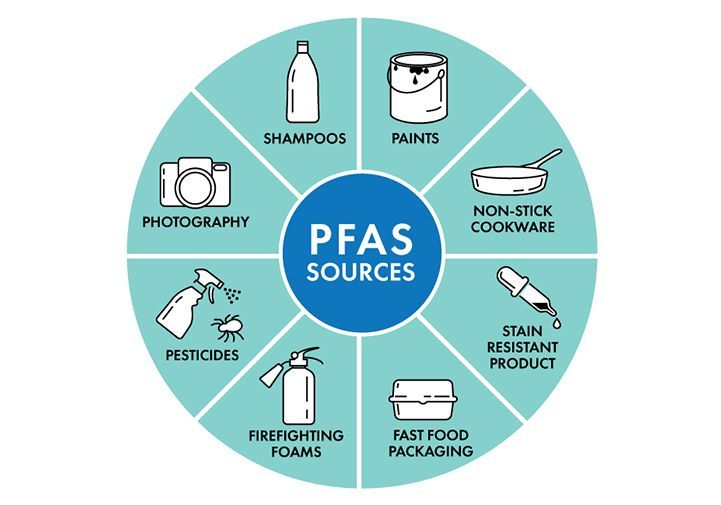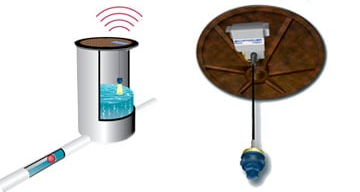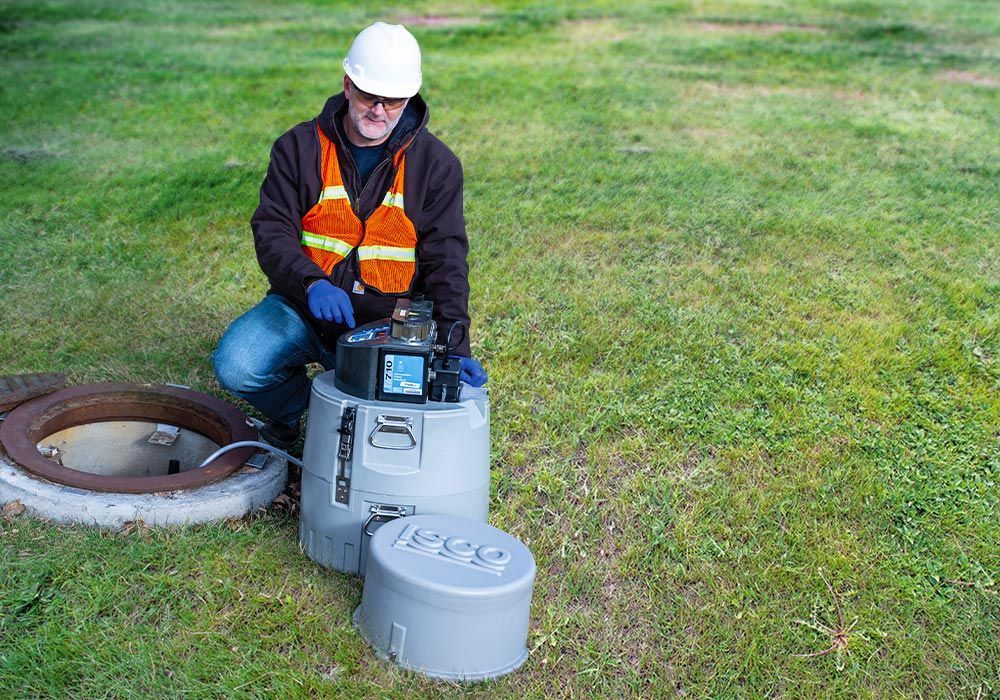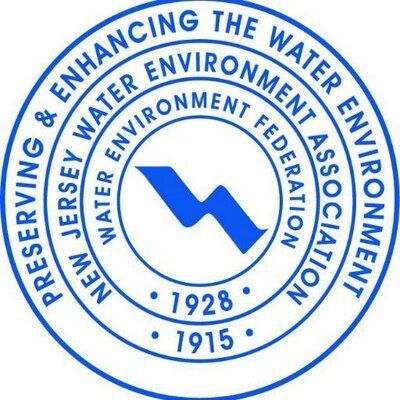Teledyne Isco Wastewater Samplers are Being Used for PFAS Monitoring!
The presence of perfluoroalkyl & polyfluoroalkyl substances (PFAS) in food, water, and consumer products is a persistent and growing concern due to their potentially harmful effects on health. With extremely strong carbon-fluorine bonds, PFAS do not easily biodegrade and are therefore known as “forever chemicals.”

Teledyne Isco Wastewater Samplers are Being Used for PFAS Monitoring. Per- and polyfluoroalkyl substances (PFAS) are a group of man-made chemicals used in various products, including non-stick cookware, waterproof clothing, and firefighting foam, and many more. As a result, PFAS can be found in various environmental sources, including drinking water and waste water. PFAS is a concern because it is persistent in the environment, has the ability to bioaccumulate, and has been linked to various health effects.
PFAS Sampling is the process of collecting and testing samples of water, soil, or other environmental media for PFAS. The samples are analyzed in a laboratory to determine the presence and concentration of PFAS. Sampling is critical for determining the extent of PFAS contamination and for making decisions on how to manage and clean up contaminated sites.
One important tool for PFAS sampling is Isco’s automatic waste water samplers. This device continuously collects and stores waste water samples over a specified period of time, providing a representative sample that accurately reflects the composition of the waste water stream. The automatic waste water sampler is programmed to collect samples at specific intervals, ensuring that the samples are collected consistently and accurately.
One of the benefits of using an Isco automatic waste water sampler is that it reduces the risk of human error during sample collection. Manually collecting samples can be time-consuming and prone to human error, such as collecting samples at the wrong time, not collecting enough sample, or contaminating the sample during collection. The automatic waste water sampler eliminates these potential sources of error and ensures that the samples are representative of the waste water stream.
PFAS sampling is an important tool for determining the presence and concentration of PFAS in the environment. The Isco waste water samplers are a valuable tool for collecting representative samples of waste water, reducing the risk of human error, and ensuring accurate and consistent sample collection.
By using the automatic waste water sampler, we can better understand and manage PFAS contamination in the environment. It is important to monitor PFAS (Per- and polyfluoroalkyl substances) in water for several reasons:
1. Health risks: PFAS can have toxic effects on human health, and long-term exposure to high levels of these chemicals has been linked to various health effects such as liver toxicity, thyroid disruption, cancer, low birth weight and infant mortality, immune system suppression, and hormone disruption.
2. Persistence in the environment: PFAS are persistent chemicals that do not break down easily in the environment and can accumulate in the food chain, making them a potential long-term threat to human health and the environment.
3. Wide use: PFAS chemicals have been widely used in various products, and as a result, they can be found in many environmental sources, including water, soil, and air.
4. Contamination sources: PFAS can enter water supplies from various sources, including industrial facilities, firefighting training areas, and landfills, making it important to monitor levels in water to assess the potential risk to human health and the environment.
5. Regulations: In recent years, there has been growing concern about the impacts of PFAS on human health and the environment, leading to regulations and guidelines being established to limit exposure to these chemicals. Monitoring PFAS in water helps ensure compliance with these regulations and protects public health and the environment.
In summary, monitoring PFAS in water is important because of the potential health risks associated with exposure, the persistence of these chemicals in the environment, their widespread use, and the need to assess and manage contamination sources.
There are several types of automatic water samplers that can be used to monitor PFAS (Per- and polyfluoroalkyl substances) levels in water, including:
1. Composite samplers: Composite samplers collect multiple water samples over a set period of time and then mix them together to create a single sample for analysis. This type of sampler is often used for monitoring PFAS in surface water or drinking water sources.
2. Discrete samplers: Discrete samplers collect individual water samples at set intervals and preserve them for later analysis. This type of sampler is often used for monitoring PFAS in groundwater sources.
3. Time-integrating samplers: Time-integrating samplers continuously collect water over a set period of time and preserve it for later analysis. This type of sampler is useful for monitoring PFAS in wastewater or surface water sources.
It's important to note that the specific type of automatic water sampler used for monitoring PFAS levels will depend on the specific needs of the monitoring program, including the type of water source being sampled, the type of PFAS being targeted, and the desired sampling frequency. Additionally, it's important to choose a sampler that has been validated for PFAS analysis to ensure accurate and reliable results.
You can watch a in depth webinar on PFAS Sampling by clicking the link here!
In this webinar, Steve McManus, Senior Product Support Specialist, Teledyne ISCO, describes the most important PFAS sampling pitfalls and how to avoid them. You will learn about the following:
- What are PFAS, where do they come from, where are they going, and why?
- The evolution of regional, state, and federal rules for PFAS
- WWTPs are point sources for PFAS pollution
- Remediation options are severely limited and are still being researched
- The importance of staying well ahead of the PFAS regulatory curve
- Sampler options for various environments
- Known sources of sample contamination and how to avoid them
- Sampler programming considerations
- Ensuring your samples will always meet your analytical lab’s requirements
Feel free to contact Hartco Environmental with more questions on best practices for PFAS Sampling.
Jake Gurkin
Hartco Environmental
Tel. 856-324-0165
Fax. 856-324-0176
P.O. Box 8022
Cherry Hill, NJ 08002
www.hartcoenvironmental.com
Serving the Tri-state and Greater Philadelphia Area since 1971 (including New Jersey, Pennsylvania, Delaware, Maryland and Washington D.C.)
Connect With Us!







